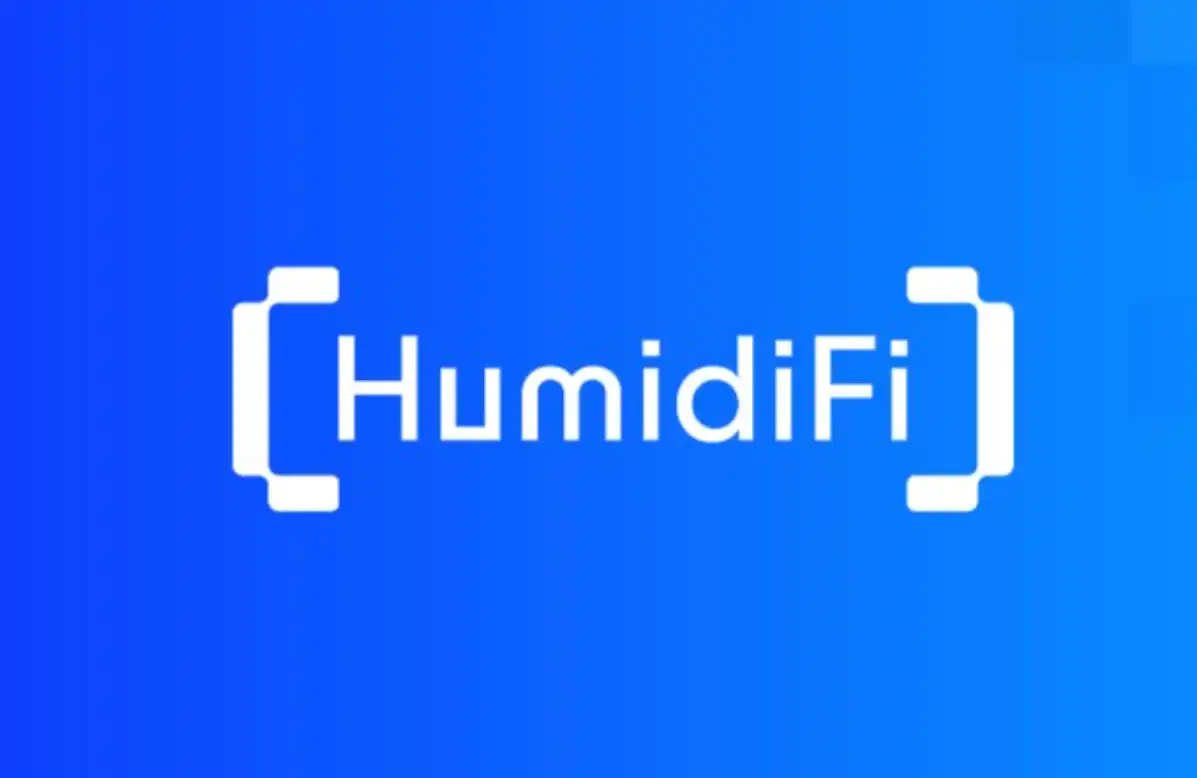ARK Launches: A New Digital Civilization Built by AI and Governed by Its Citizens
ARK, a decentralized finance and artificial intelligence (DeFAI) protocol, has officially launched its mainnet, marking the debut of the world’s first DeFAI protocol civilization governed by AI algorithms and decentralized autonomous organization (DAO) consensus. The launch, which took place in August 2025, includes the completion of a Genesis liquidity injection and the permanent burn of liquidity provider (LP) tokens, signifying a pivotal moment in the intersection of decentralized finance and artificial intelligence. This development has drawn attention from global investors and developers as ARK aims to redefine financial governance and economic systems through a modular and AI-driven approach [1].
ARK positions itself as a hybrid model between DeFi and AI, integrating algorithmic governance and monetary design to create an adaptive and self-correcting economic system. The platform introduces a new paradigm where users are not merely investors or liquidity providers but are considered "citizens" of a digital civilization. This shift emphasizes behavioral and identity-based participation, moving beyond traditional DeFi roles to explore a broader social experiment. ARK is not an extension of DeFi, but rather the first Web3 protocol explicitly positioned as the origin of a digital civilization [1].
The architecture of ARK is built around five core regulatory modules and a dual economic support system, all enhanced by an AI consensus layer. The modules include an Emission Manager (EM), Range Bound Stabilizer (RBS), Yield Revenue Feedback (YRF), Mint Cap Limit (MCL), and Runway Control Module (RCM). These modules work in conjunction with Protocol-Owned Liquidity (POL) and the Ark Treasury System (ATS), ensuring deep and non-extractable liquidity while supporting overall protocol stability. The AI layer acts as a neutral advisor and risk sentinel, offering governance recommendations and market forecasts, allowing for data-driven and rational decision-making [1].
ARK’s development has been supported by notable institutions and experts in the fields of DeFi and AI. The Morgan Crest Web3 Foundation, a New York-based entity founded by descendants of the Morgan family and Silicon Valley private equity leaders, has committed $30 million to AI × Web3 infrastructure, with ARK as a flagship investment. The foundation’s portfolio includes other prominent protocols such as Lido Finance, FRAX, Berachain, and Bittensor. Additionally, Carmelo Ippolito, a globally recognized DeFi architect and early contributor to Olympus DAO, leads ARK’s intelligent governance framework and has been featured in Forbes for his insights on AI and DAO governance [1].
Looking ahead, ARK has outlined a ten-year roadmap aimed at evolving from a protocol into a full-fledged digital civilization. Key milestones include the deployment of the ARKLand model society by 2027–2028, covering AI-driven governance in finance, education, health, and creative industries. By 2030, the platform plans to introduce the ARK Passport (a decentralized identity) and governance zones. In the long term, ARK aims to achieve AI self-iterative governance and initiate the MetaCiv Federation, uniting multi-chain societies under a shared digital charter [1].
ARK’s launch represents a shift from conventional DeFi protocols to a more ambitious vision of decentralized civilization. Unlike previous DeFi projects that often failed due to governance inefficiencies and inflationary pressures, ARK introduces a self-sustaining and adaptive framework. The protocol transforms tokens into constitutional elements, smart contracts into institutional frameworks, and participation into the evolution of a digital society. As ARK continues to develop, it is not merely building a financial system, but laying the foundation for a new form of decentralized governance and civilization [1].

Disclaimer: The content of this article solely reflects the author's opinion and does not represent the platform in any capacity. This article is not intended to serve as a reference for making investment decisions.
You may also like
Changpeng Zhao Clarifies Personal BNB Holdings Policy

When being the "chief trader" is not enough, is Trump going to "run the show" himself?
As Wall Street's "mainstream players" rush to enter the market, Trump—who naturally attracts attention and controversy—clearly does not want to miss out on this grand feast.


The mysterious team that dominated Solana for three months is about to launch a token on Jupiter?
With no marketing and no reliance on VC, how did HumidiFi win the Solana on-chain proprietary market maker war in just 90 days?
